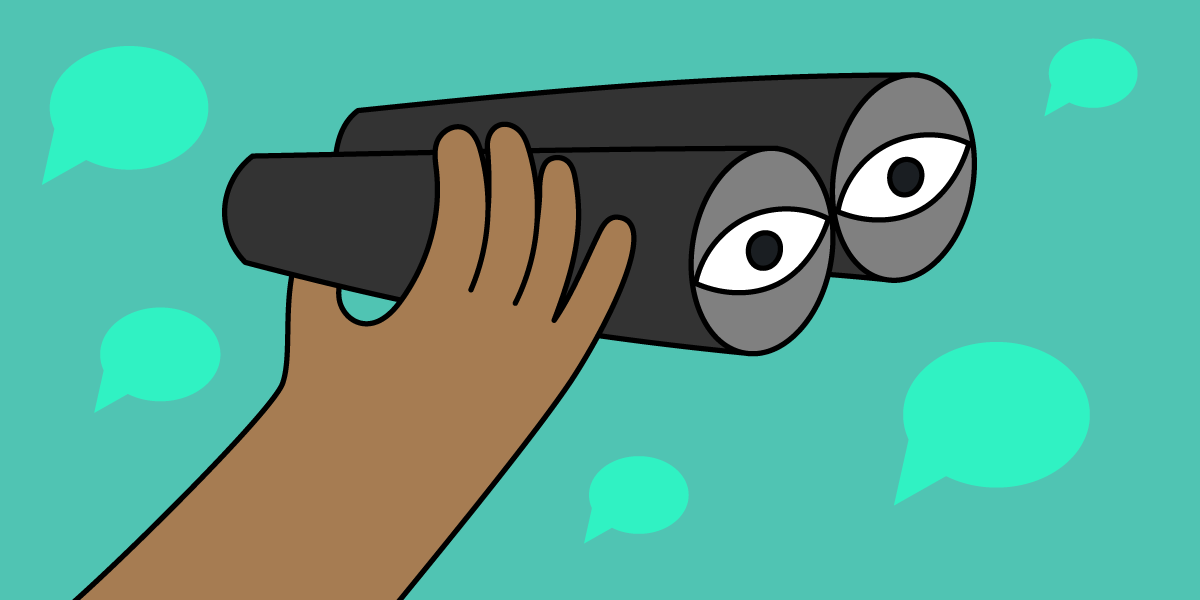
Pricing your products can be a delicate balancing act. Go too high, and you risk driving away a sizable chunk of your customers. Go too low, and you may end up devaluing your product. If you’re unsure how to go about it or where to even begin, these tried-and-tested pricing strategy tips can be a good starting point.
Big Ideas
- Studies show that increasing prices by just 1% can lead to an 11% growth in profits. Yet, many businesses underutilize pricing as a business strategy.
- There’s more to product pricing than hard data. You also need to take human psychology and behavior into account.
- Even if you get your pricing right, it may take years before a new business begins to turn a profit. If you want to start making money now, consider other options like setting up passive income streams, working from home, or joining a direct sales company.
You may be underutilizing pricing as a business strategy
Many startups and small businesses do not fully realize the power of pricing. A well-thought-out, carefully timed, and data-driven pricing change can do wonders for your bottom line.
Just consider this: in 2003, global management consulting firm McKinsey & Company studied the income statements of multiple S&P 1500 companies. Their research showed that businesses that increased prices by as little as 1% saw their operating profits grow by 11% on average, as long as demand remained the same.
But that’s not all. Some companies saw much greater growth:
- Sears – 155%
- McKesson – 100%
- Tyson Foods – 81%
- Land O’Lakes – 58%
- Whirlpool – 35%
What’s the takeaway? Your pricing strategy matters more than you might think, so it’s important to get it right.
5 psychology-based pricing strategy tips to take your business to the next level
You probably already know that you should consider factors such as your revenue goals, production costs, market trends, consumer demand, and competitor pricing. Chances are you are also familiar with the most popular pricing strategies like bundling, skimming, value-based pricing, and more.
While all of this can be incredibly helpful, there’s more to product pricing than hard data. You see, pricing is both a science and an art. To get it right, you also need to take human psychology and behavior into account.
With this in mind, here are five psychology-based tips that you can use to set optimal prices for your products:
1. Understand your USP
No matter how low you price your product, there will always be a cheaper alternative on the market. This means that if you try to compete on price only, you will set yourself up for failure. While price can be an important consideration for consumers, you need another differentiator to stand out from the crowd.
This is where your unique selling proposition (USP) can help. It’s the one benefit you offer that sets you apart from all your competitors, and it should be featured prominently in your marketing strategy—including your branding, messaging, and copywriting.
Before you do that, however, take time to formulate and really understand your USP—and make sure your employees understand it too. If you and your team are not clear on your USP, you won’t be able to sell it to your customers either.
A good USP is clear, succinct, easy to understand, and emotionally impactful. It should also tell a customer what makes you different from the other guys within a few seconds of encountering your brand.
2. Write a value statement
Every business needs a value statement that clearly lists all the reasons customers should purchase their products over their competitors’ offerings.
A value statement is typically longer than your USP and serves two important functions.
On the one hand, it can inform your marketing strategy and helps add more meat to it. On the other hand, a well-written value statement can boost the confidence of both you and your employees in your products. This little psychological hack can help you look customers in the eye and say, “There are cheaper products out there, but here are X reasons you should buy ours, regardless of the price.”
3. Tell your employees (and yourself!) that it’s okay to earn high profits
A surprising number of people are uncomfortable selling their products at prices they consider to be above what’s “fair.” As a result, they may lower their prices or offer unnecessary and often excessive discounts.
This is not the right way to think about your pricing strategy. A “fair” price is what the market will bear and has nothing to do with your subjective perceptions. Besides, you and your team deserve fair compensation for your hard work and the financial risk you take to bring your products to market.
Overcoming this and other common psychological biases can be key to ensuring your future success.
4. Use charm pricing to boost your sales
Charm or psychological pricing uses “just-below” numbers such as $29.99 instead of $30. This pricing strategy draws on research that shows consumers tend to round just-below numbers to the next lowest monetary unit and experience charm prices as lower than they actually are. For instance, a shopper may unconsciously associate $2.99 with spending $2 rather than $3.
In this experiment by MIT and the University of Chicago, consumers could purchase the same women’s clothing item for $34, $39, or $44. Surprisingly, the item sold the most at $39 and not at the lower $34 price.
That said, you don’t want to overdo charm prices. Sometimes, they can seem gimmicky and decrease consumer trust, whereas a whole number may come across as more transparent.
5. Frame your pricing as an investment
Whether you are selling products or professional services, you should never position your pricing as an expense. Instead, frame it as an investment by promoting its long-term value and ROI. Spend more time talking about value and less time talking about price, and show your customers how making a small financial commitment now can have a lasting positive impact on their lives.
What if you don’t have a product yet?
Pricing strategies won’t be of much use to you if you don’t have a product to sell. That’s okay—coming up with new and competitive product ideas is hard, which is a major reason many startups fail. According to the U.S. Bureau of Labor Statistics, around 20% of new businesses fail within the first two years, and 45% close shop within the first five years.
Besides, even if your business is successful in the long term, it may take months or years before it turns a profit. If you want to start making money now and building transferable skills, consider working with Vector Marketing.
5. Frame your pricing as an investment
Whether you are selling products or professional services, you should never position your pricing as an expense. Instead, frame it as an investment by promoting its long-term value and ROI. Spend more time talking about value and less time talking about price, and show your customers how making a small financial commitment now can have a lasting positive impact on their lives.
What if you don’t have a product yet?
Pricing strategies won’t be of much use to you if you don’t have a product to sell. That’s okay—coming up with new and competitive product ideas is hard, which is a major reason many startups fail. According to the U.S. Bureau of Labor Statistics, around 20% of new businesses fail within the first two years, and 45% close shop within the first five years.
Besides, even if your business is successful in the long term, it may take months or years before it turns a profit. If you want to start making money now and building transferable skills, consider working with Vector Marketing.







